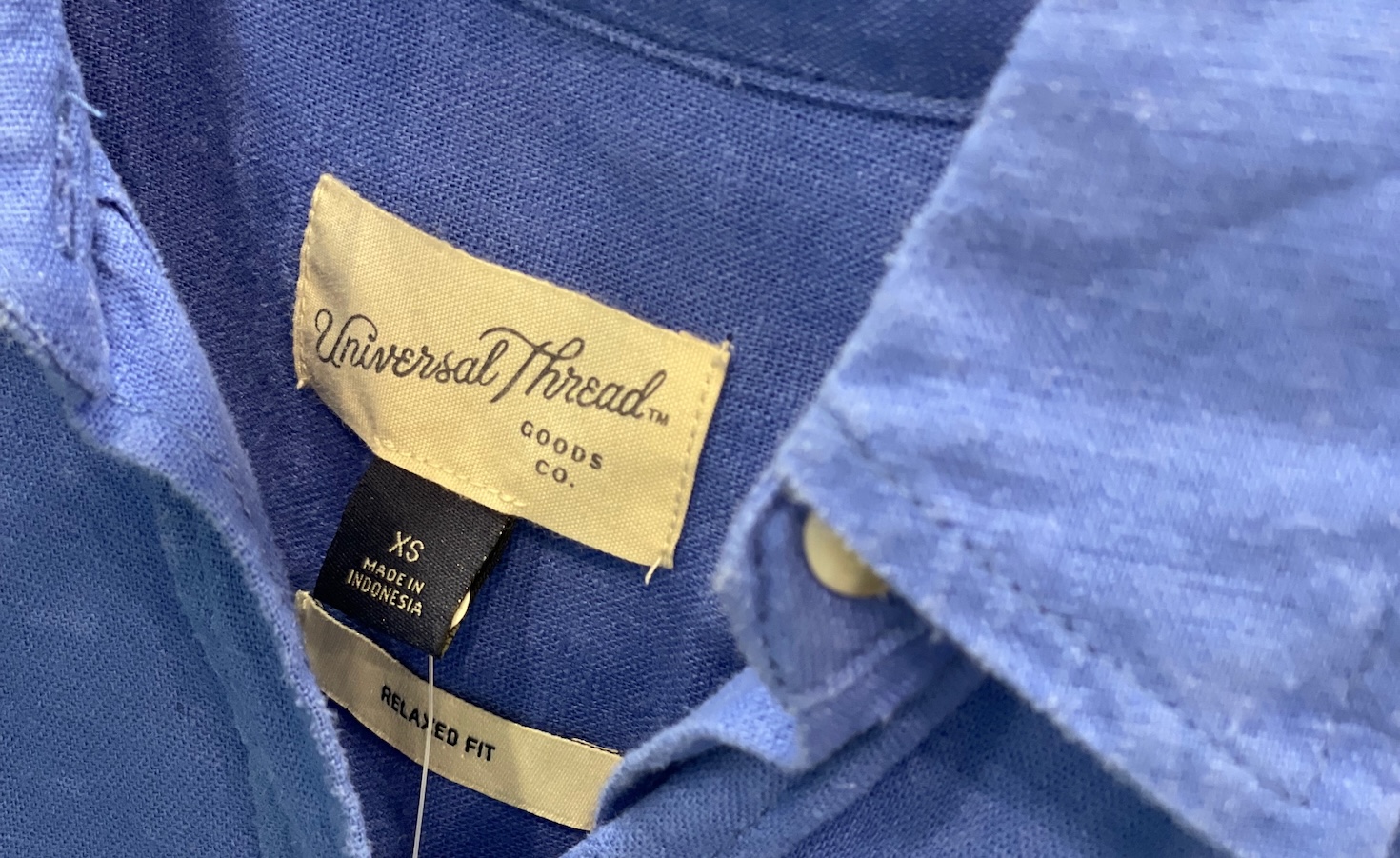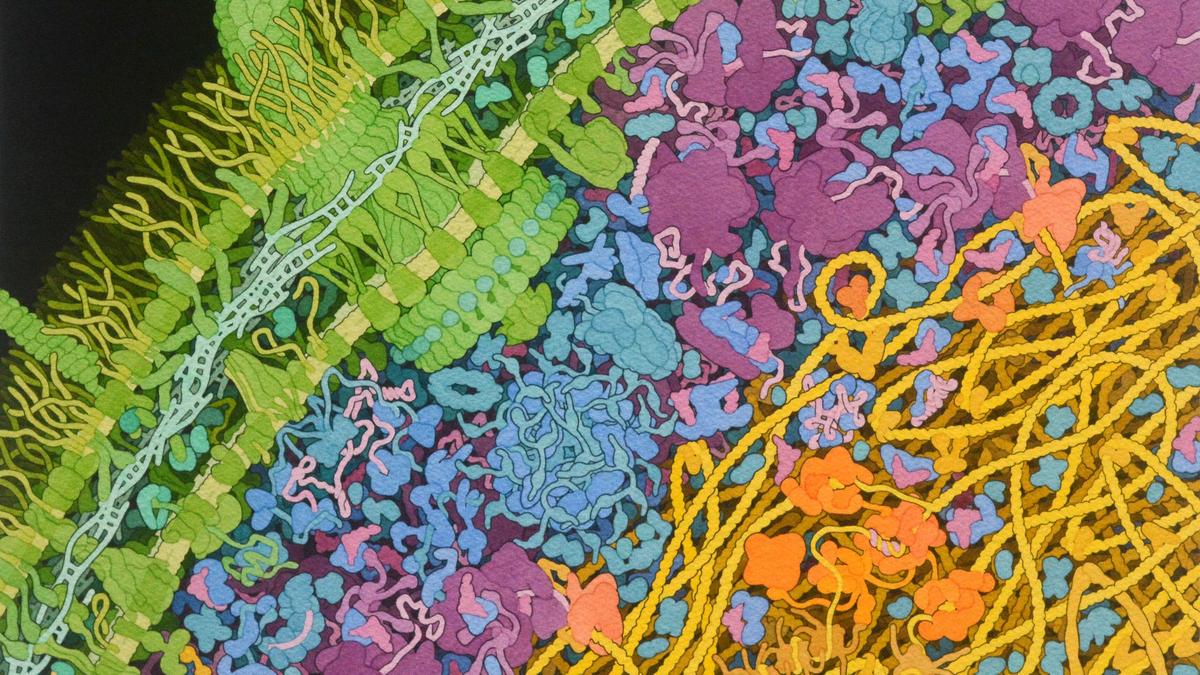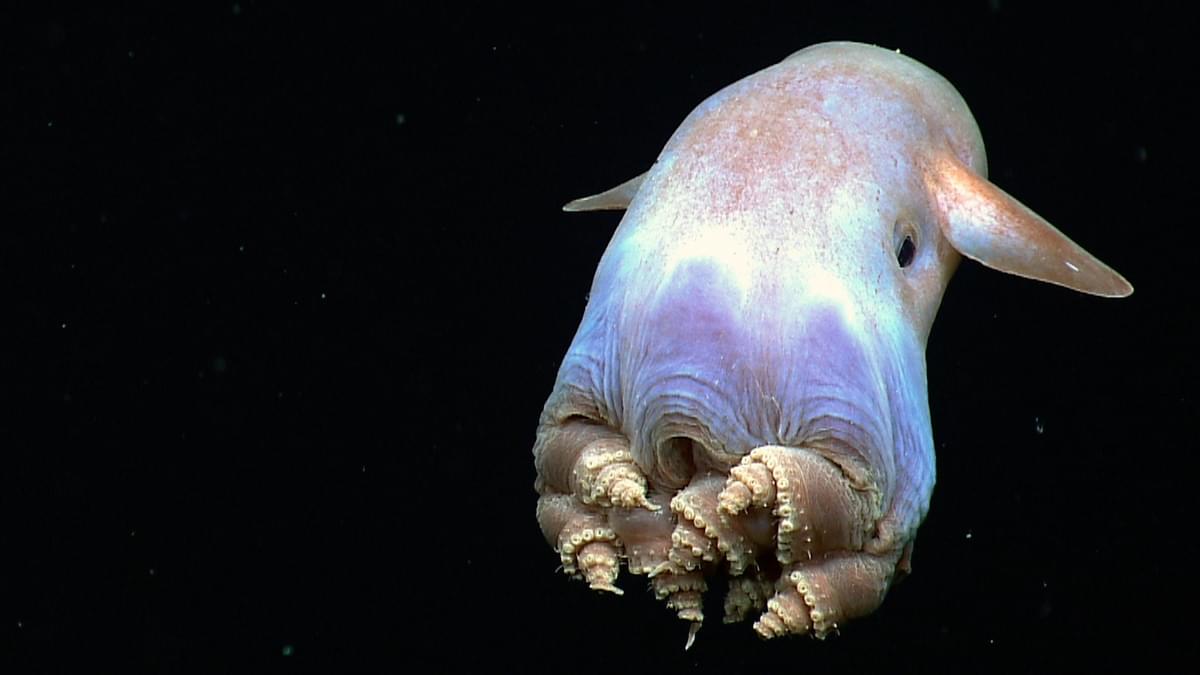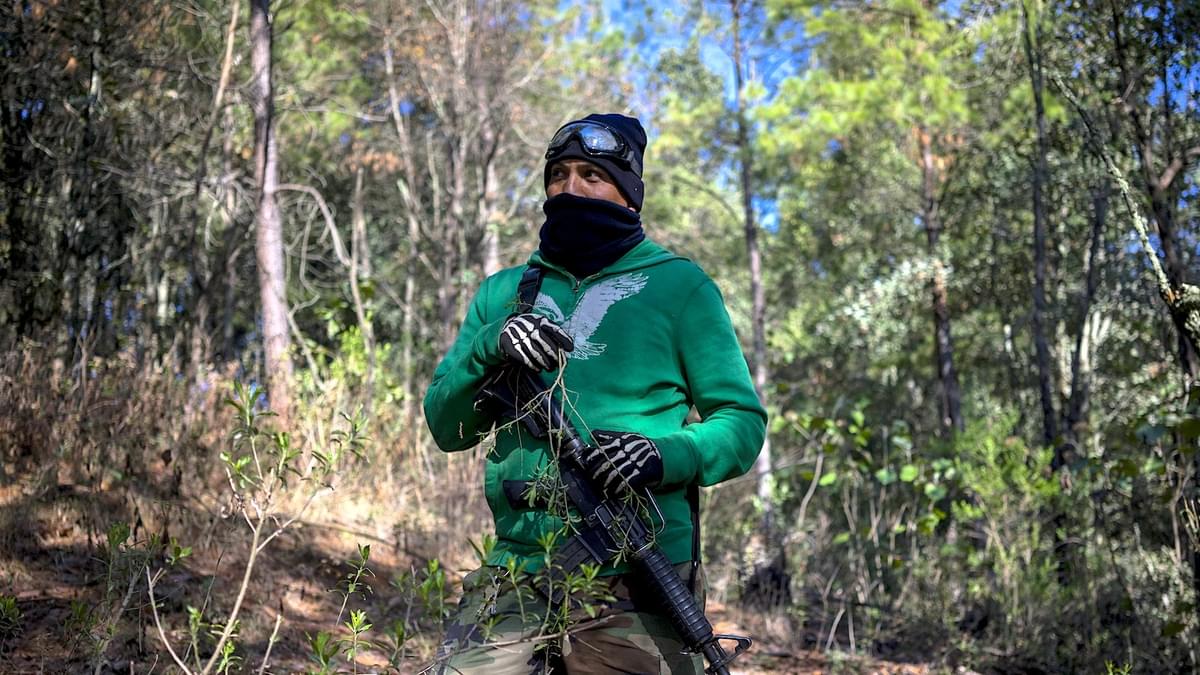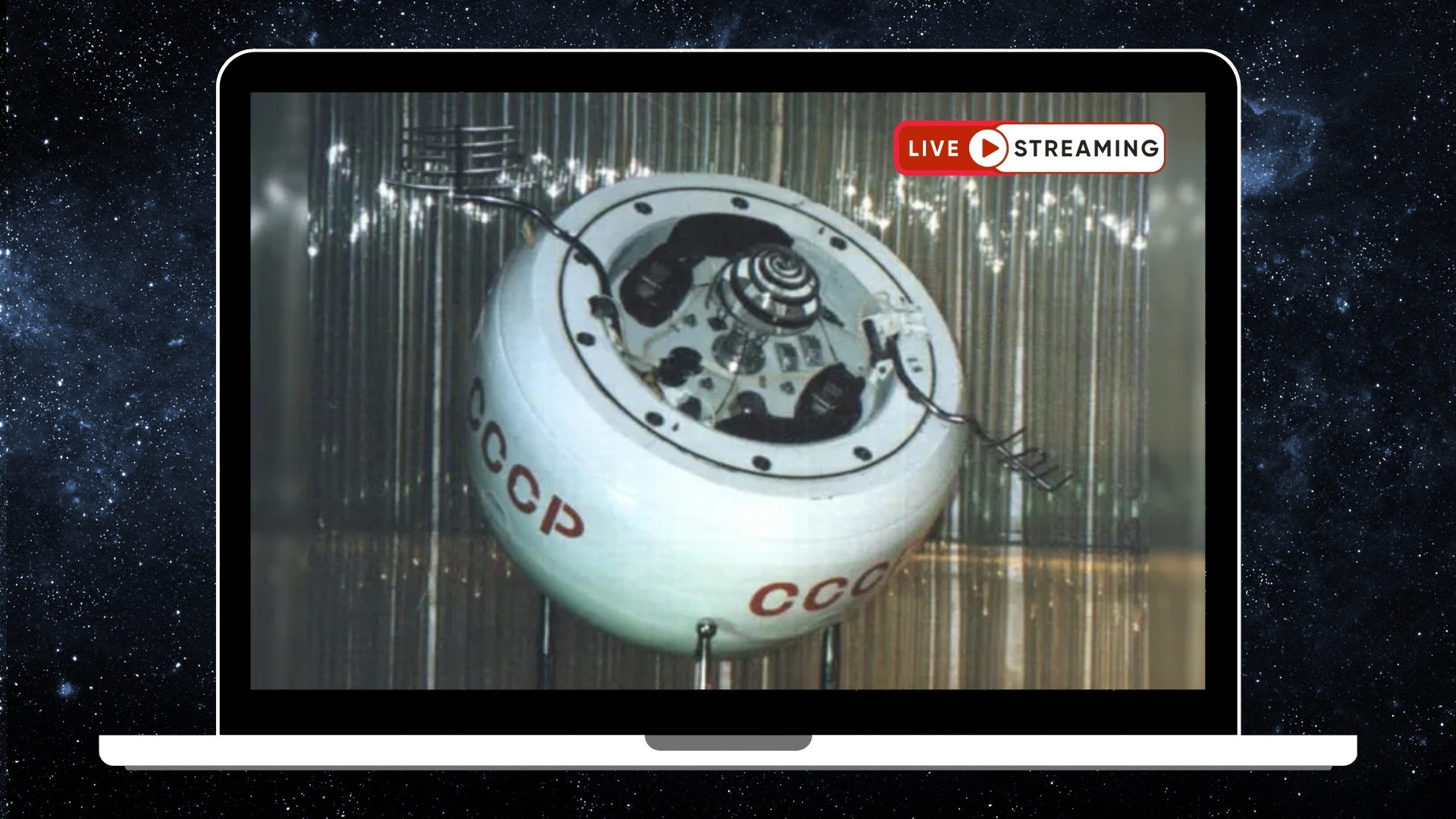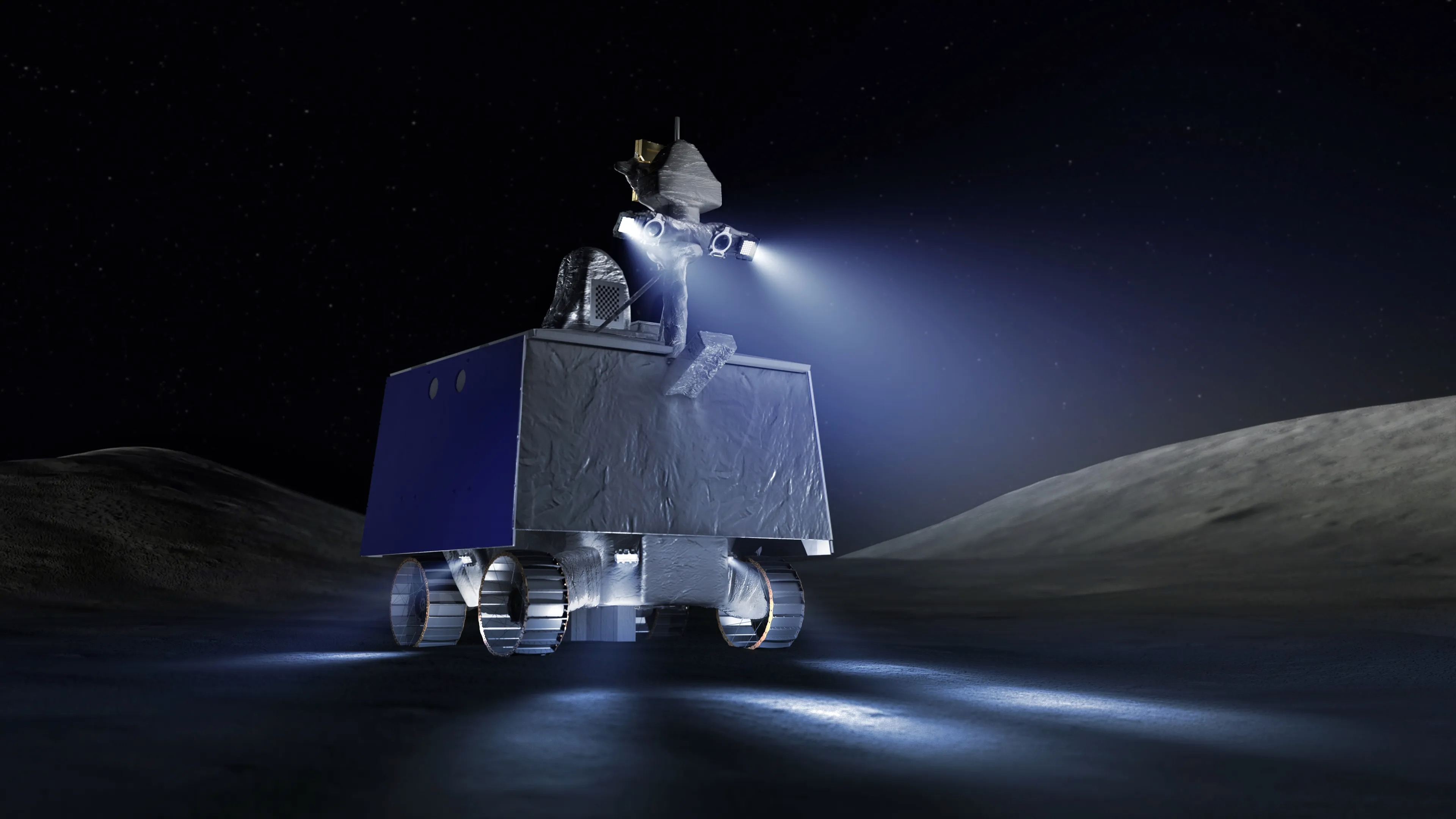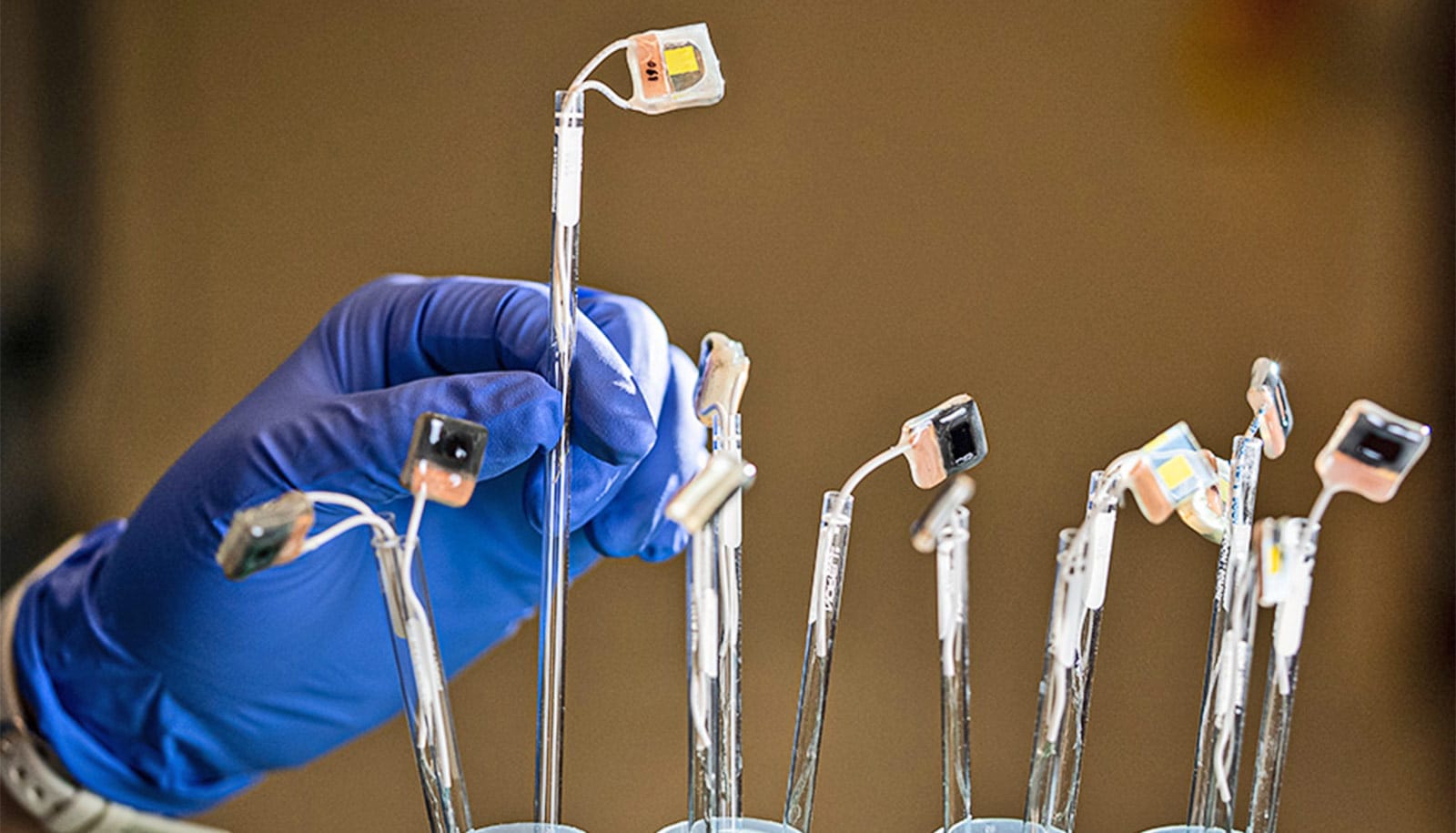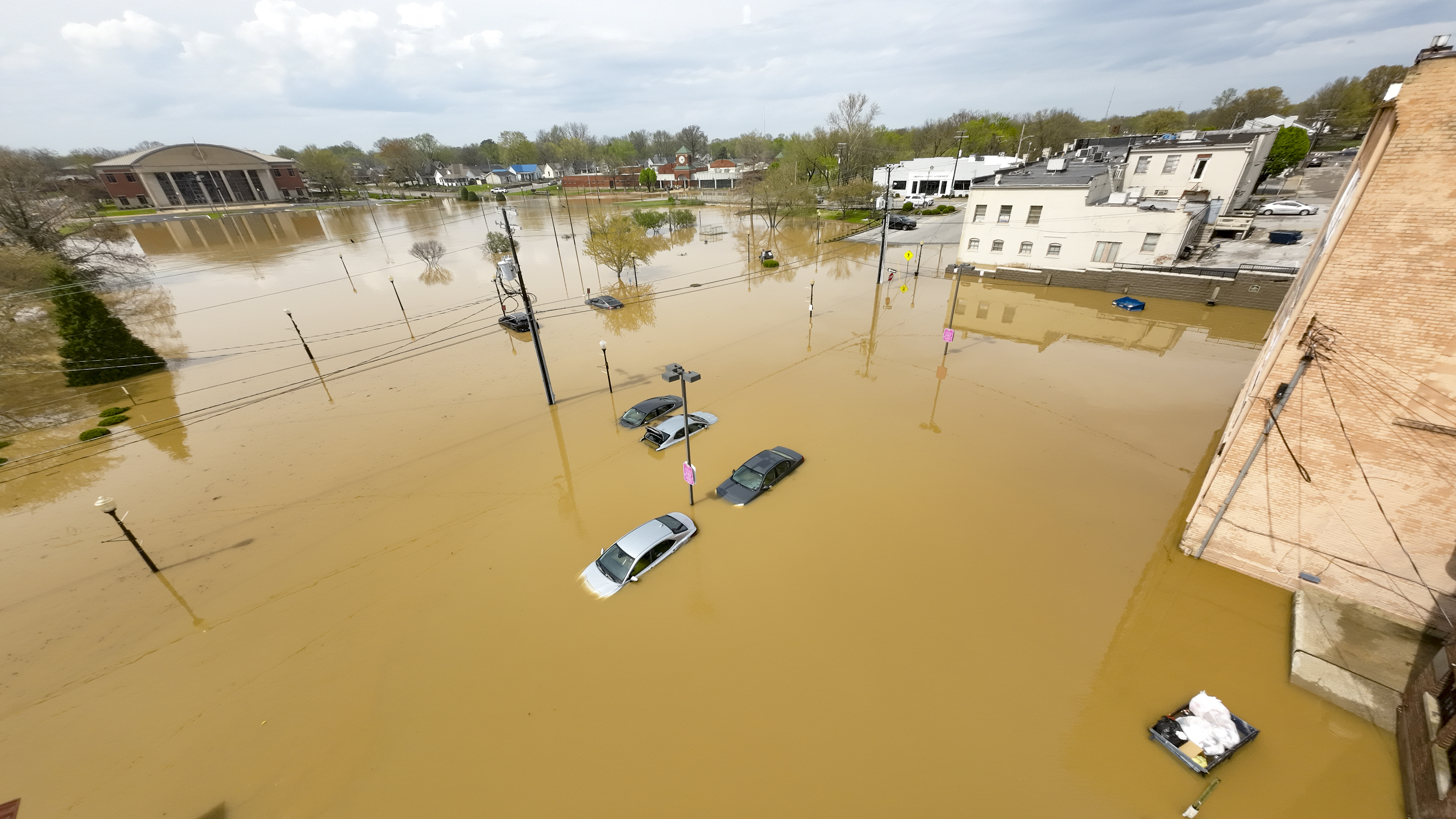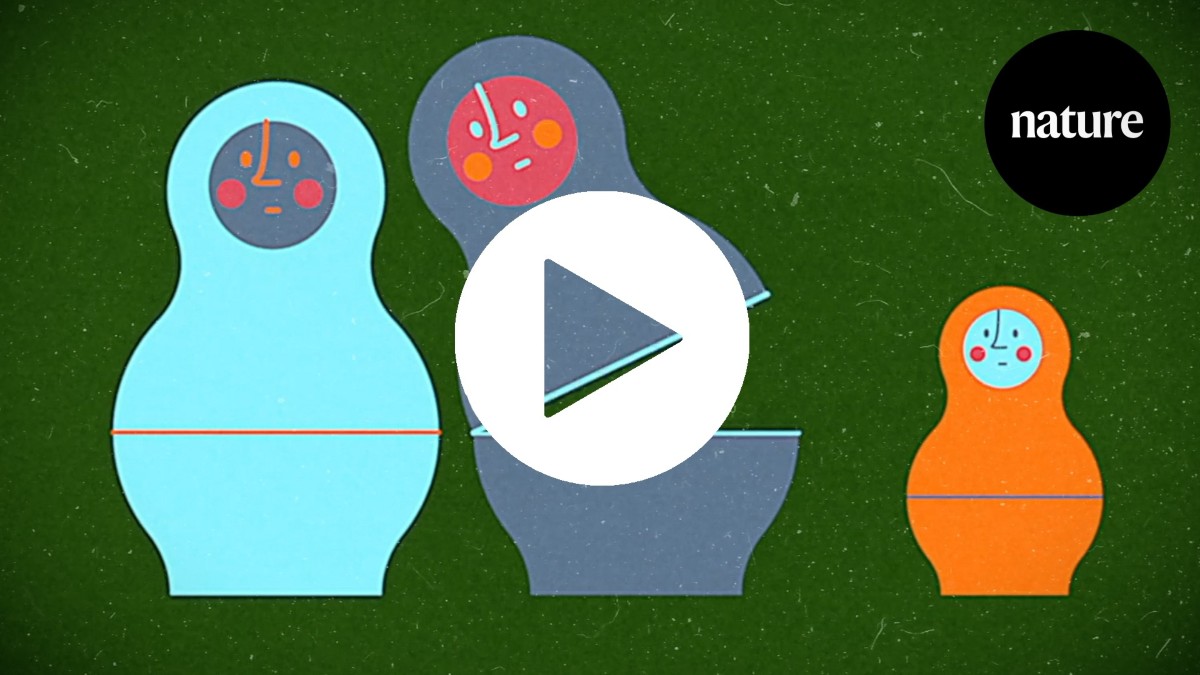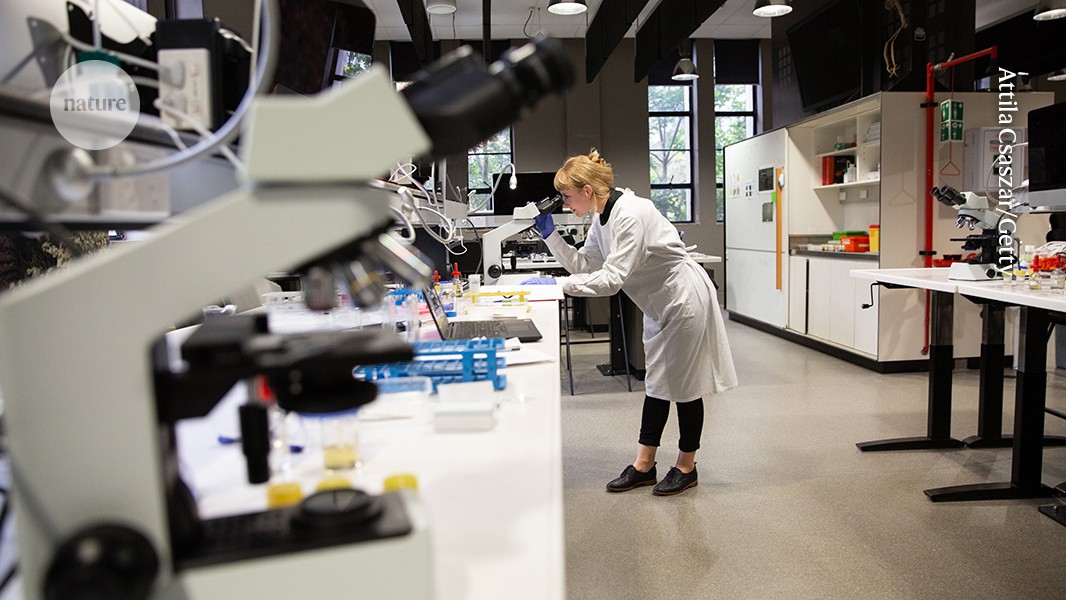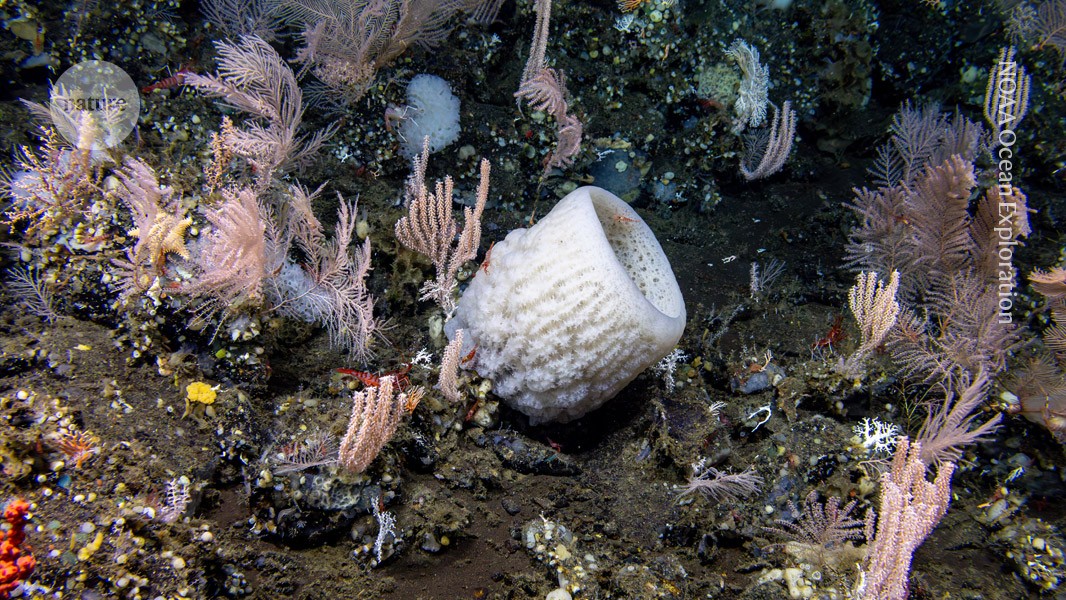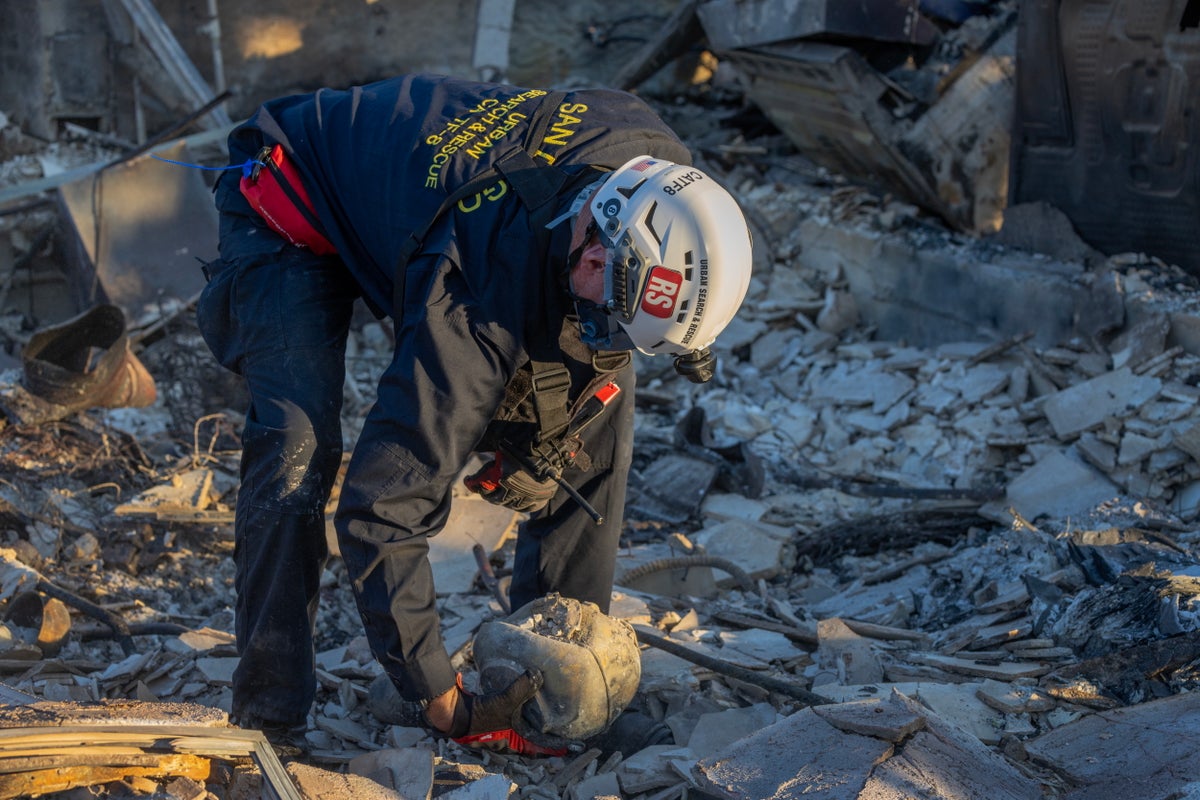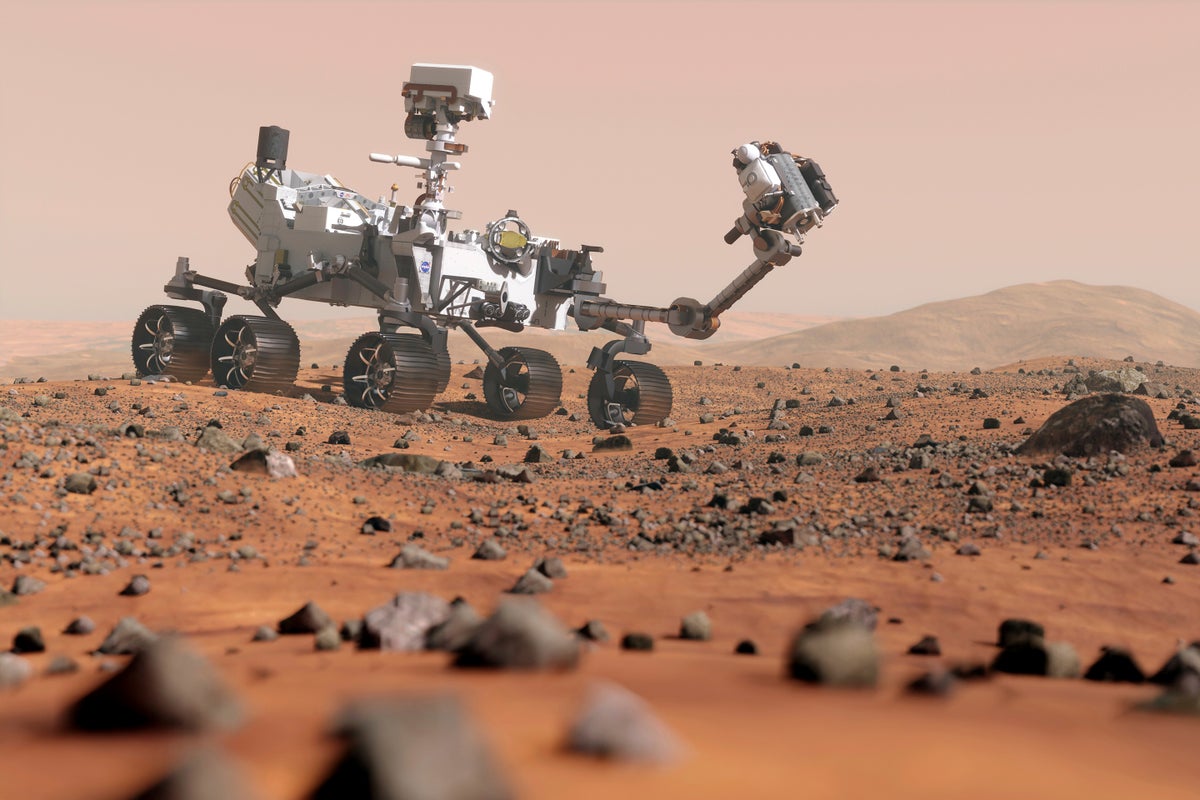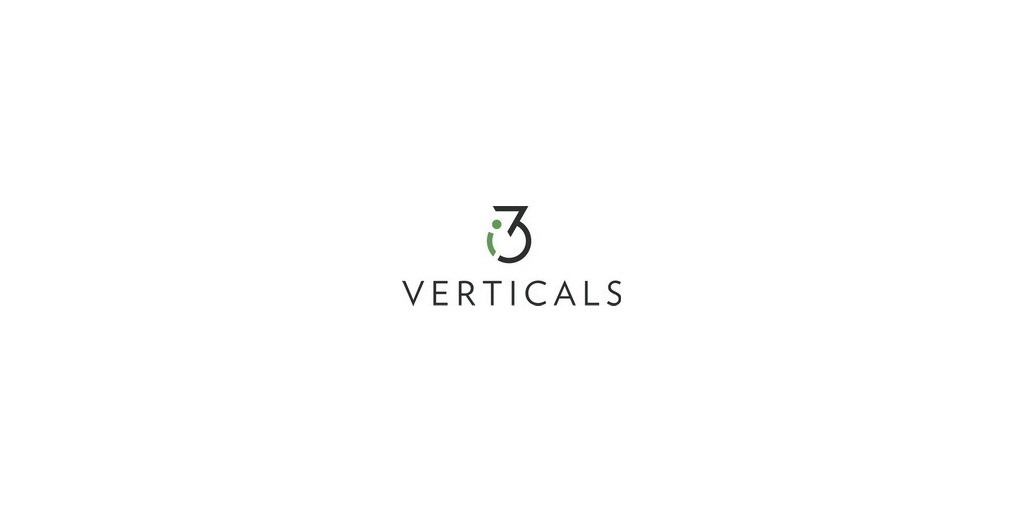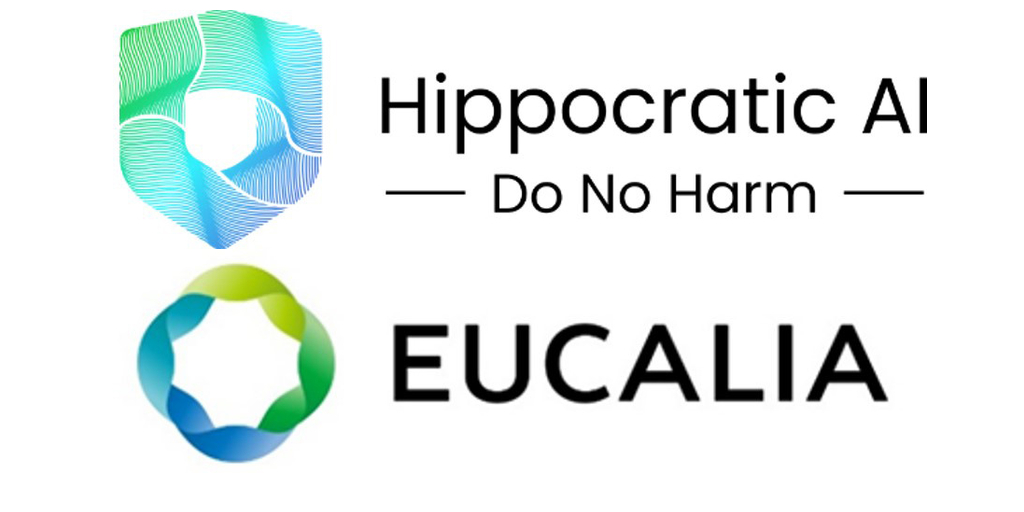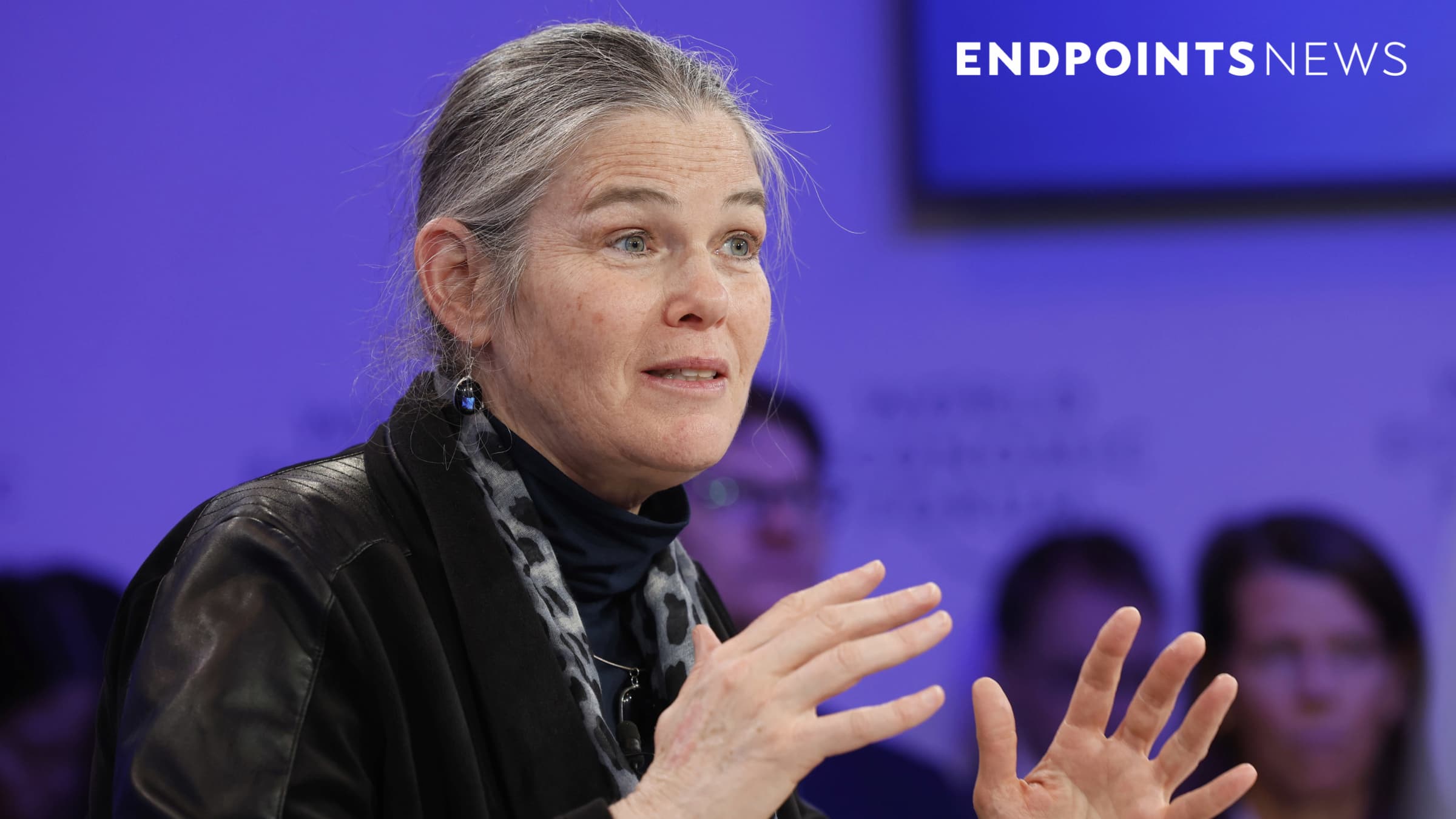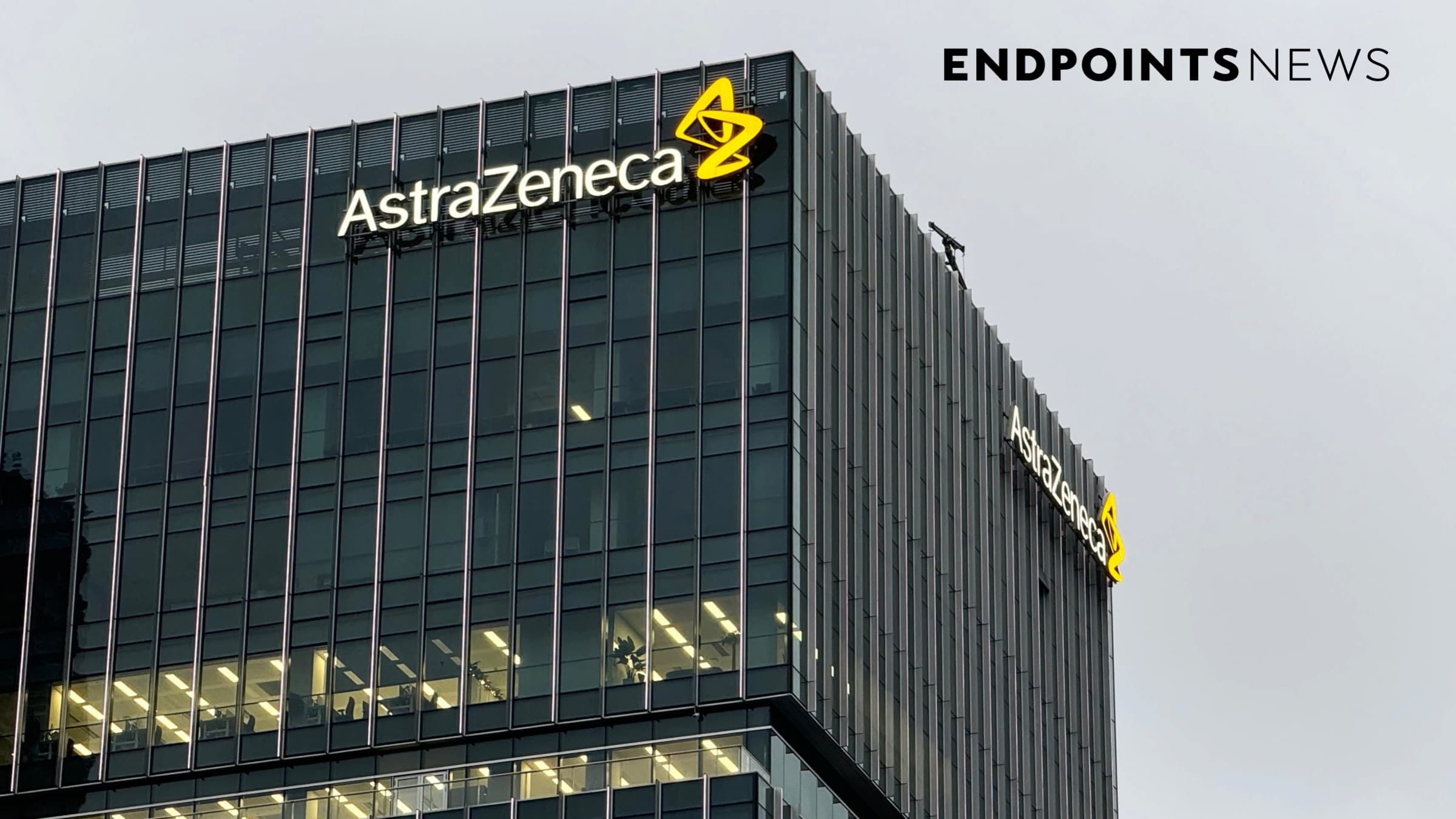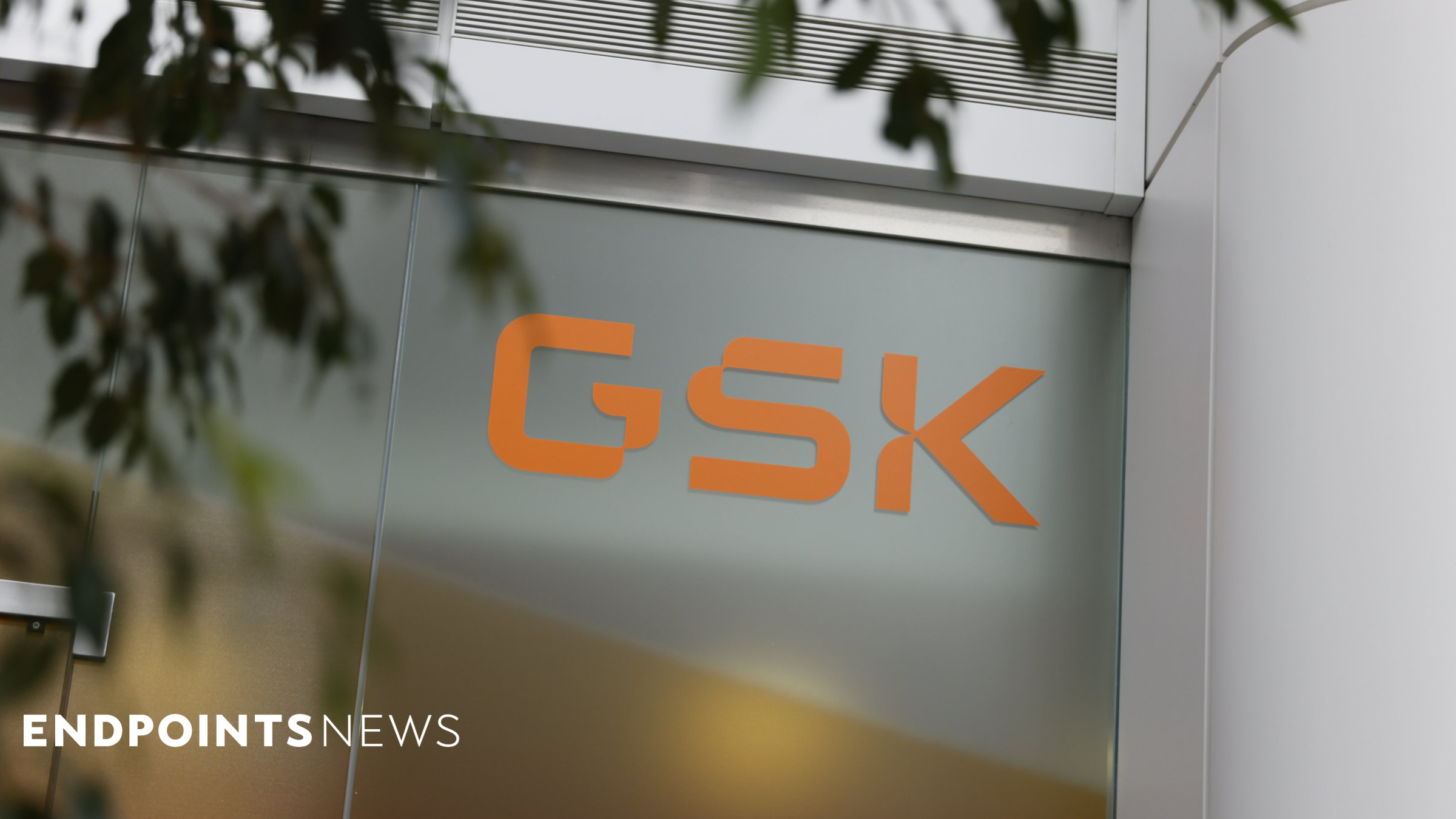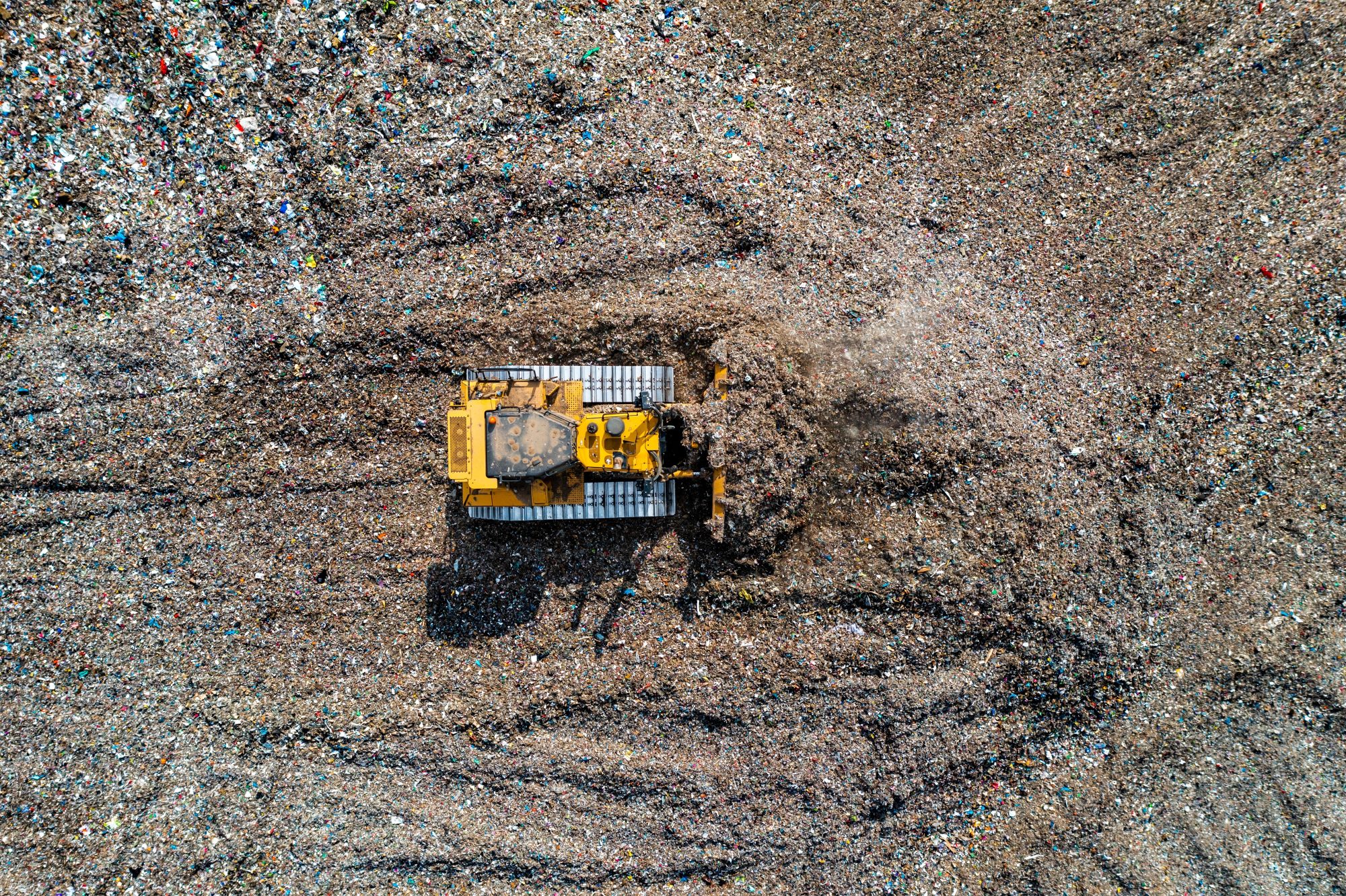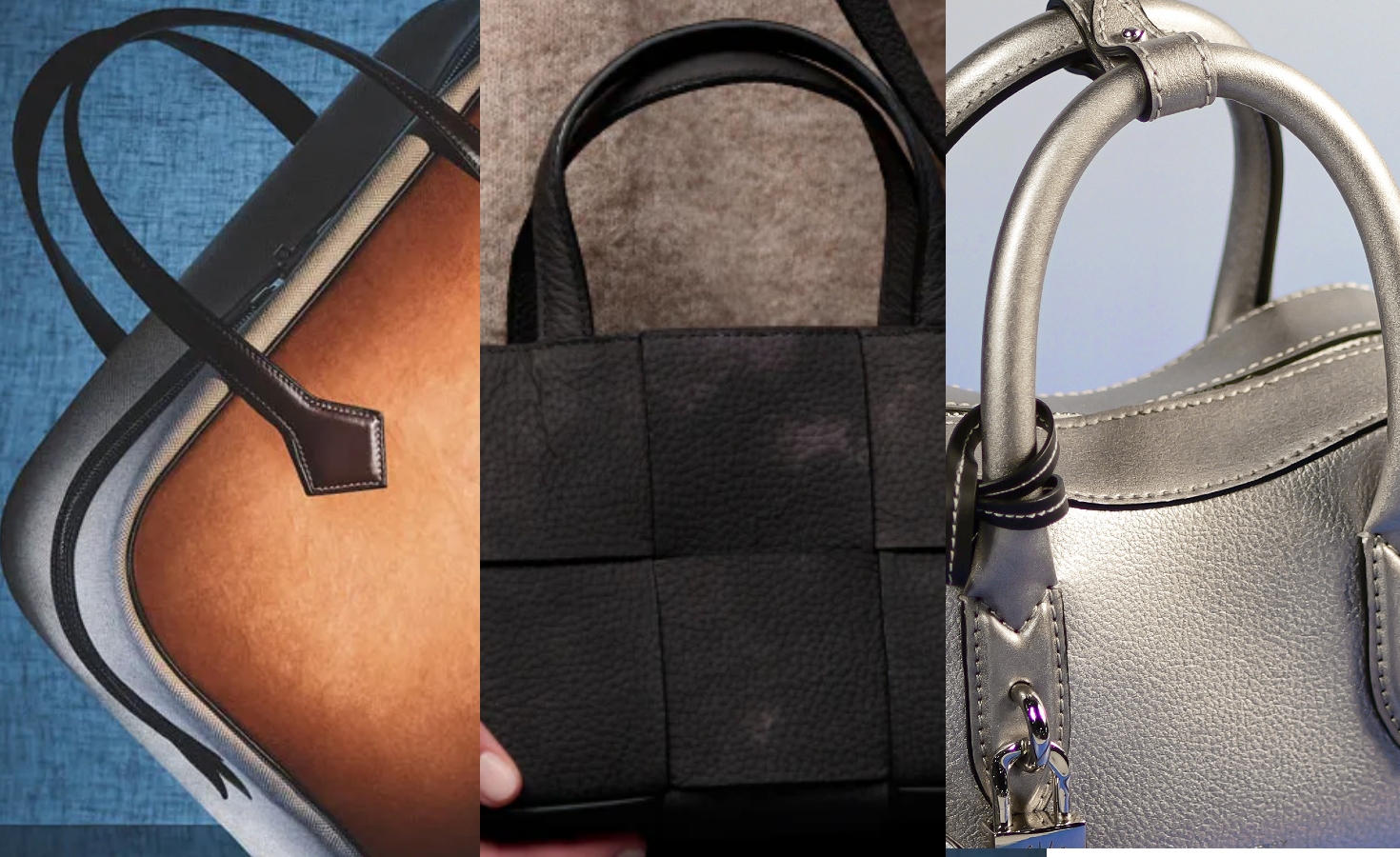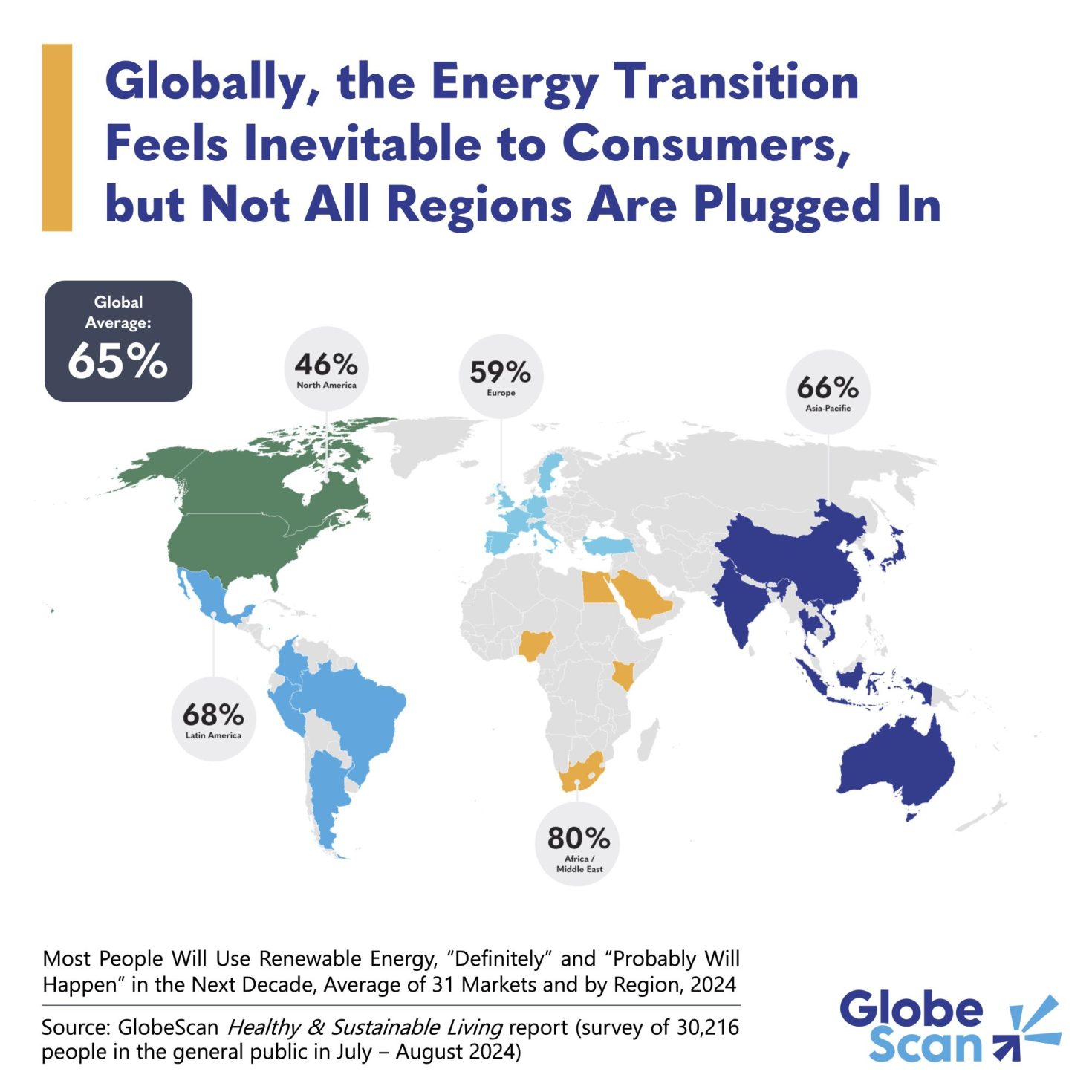How REI reached a key zero-waste milestone before Target and Walmart
The outdoor retailer is keeping 90 percent of the waste generated at stores and distribution centers out of landfills and incinerators. The post How REI reached a key zero-waste milestone before Target and Walmart appeared first on Trellis.
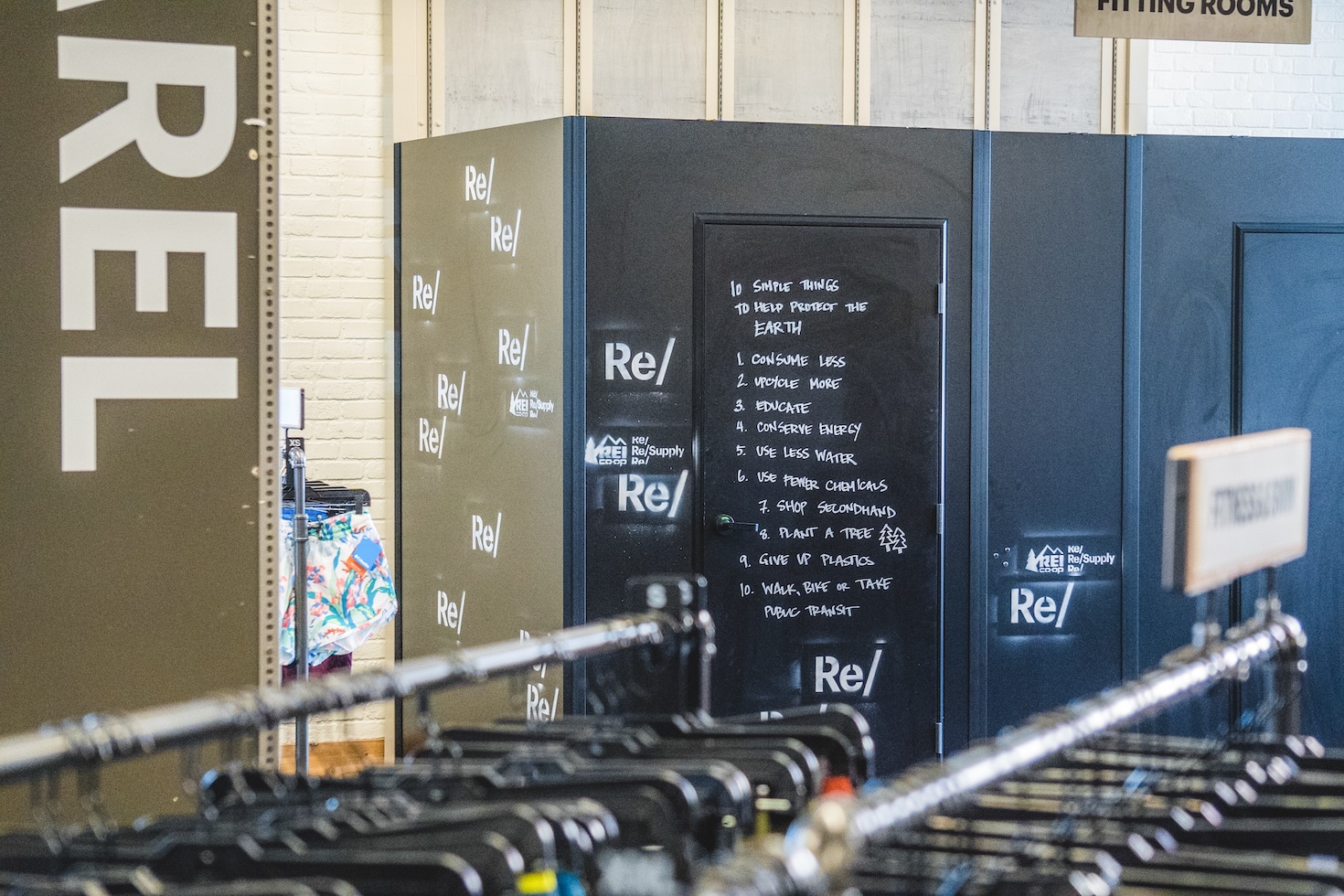
Outdoor retailer REI Co-op kept 90 percent of the discarded packaging and other waste generated at its 190-plus stores, distribution centers and warehouses out of landfills or incinerators in 2024 — delivering early on a 2025 goal and edging out other national chains including Walmart and Target that have made similar commitments.
REI’s long-term vision is to become a zero-waste operation, although the 24 million-member co-operative hasn’t published a target date for its ambition.
“Being literally zero waste — i.e. 100 percent diversion from landfill — is an aspiration,” said Andrew Dempsey, director of climate at Seattle-based REI, which logged $3.76 billion in sales for 2024. “We have no timeframe on this, but we hope to improve diversion across our stores by 0.5 percent this year.”
REI recycled or composted 78 percent of its waste in 2020, and the company reached 86 percent in 2023. It’s the first high-profile retailer to report the 90 percent mark, a claim that was audited and independently verified. The disclosure was made in REI’s latest ESG report, published May 8.
Two larger retail organizations that have made zero waste a top priority are still shy of their goals, as of their latest environmental impact progress reports.
Target, aiming for zero waste by 2030, was at 85 percent as of July 2024. Walmart’s diversion rate for 2023 was 83.5 percent. The world’s largest retailer by revenue was aiming for 90 percent diversion in the U.S., Mexico and Canada by the end of 2025, but acknowledged in February that it will fall short of the mark.
Reducing waste plays directly into retailers’ Scope 3 emissions reduction commitments, specifically at the end-of-use stage, Dempsey said. It also gives the REI workforce a very tangible way to contribute to the company’s climate goals.
“Our employees are absolute champions of this work across our distribution centers and our retail fleet,” Dempsey said. “They touch and feel [waste] every day. It makes the concept tangible in a way that metric tons of carbon does not.”
Creative ways to eliminate single-use plastic
Plastic packaging makes up REI’s biggest waste stream, and Dempsey outlined the ways that the retailer drives down plastic use across its operations and gets rid of what winds up in its facilities:
Trex partnership
REI’s relationship with Virginia-based wood alternative manufacturer has turned 2.5 million pounds of polyethylene plastic film into decking. REI gets paid for sending the baled material to Trex; it won’t say how much.
Packaging policy
REI’s private-label apparel is rolled and bundled with raffia ties that can be composted. It asks brands to eliminate single-use packages and charges a $0.01, per-unit fee for anything that doesn’t comply. One sticking point of this policy is that it requires changes to distribution center processes to protect products from becoming soiled.
“A lot of it comes down to simply cleanliness of conveyor belts that are moving the product around within your distribution center, making sure that your staff understands why it’s not in plastic and really what the intention is there,” Dempsey said.
The fee goes toward the extra back-end work required to bale different types of plastic so that REI can send it out to be more readily recycled. “What we really want to do is work with these brand partners to design that plastic out of the system,” Dempsey said.
New best practices
Some REI facilities use the Total Resource Use and Efficiency (TRUE) certification program created by the U.S. Green Building Council, which recognizes processes that contribute to zero waste. Three distribution centers are certified, and a fourth is awaiting recognition.
Circular economy boosters
In 2024, REI sold almost 1.4 million items through its Re/Supply program, which markets used gear. The business has doubled since 2019. The most popular items are backpacks, sleeping bags and tents. Camping items represent approximately 20 percent of REI’s overall sales.
The resale business reduces waste at a product’s end-of-use stage. The company estimates that the emissions associated with preparing these items for resale are about half of those associated with the production of a new edition.
“Keeping gear in use longer is the best thing you can do, both from a climate standpoint and then obviously from a waste standpoint,” Dempsey said.
Recent additions to REI’s takeback program include an initiative to collect and recycle electric bicycle batteries. The retailer collects other items that are hard to process, such as bike tires and tubes, and it’s prioritizing refillable fuel canisters.
REI is also sourcing more recycled materials for its products: approximately 52 percent of the polyester and 45 percent of the nylon it sources, according to the brand’s latest impact report. And it’s making some running apparel from a new material made by LanzaTech, which turns industrial waste gases, including carbon dioxide, into low-carbon yarn.
The post How REI reached a key zero-waste milestone before Target and Walmart appeared first on Trellis.















